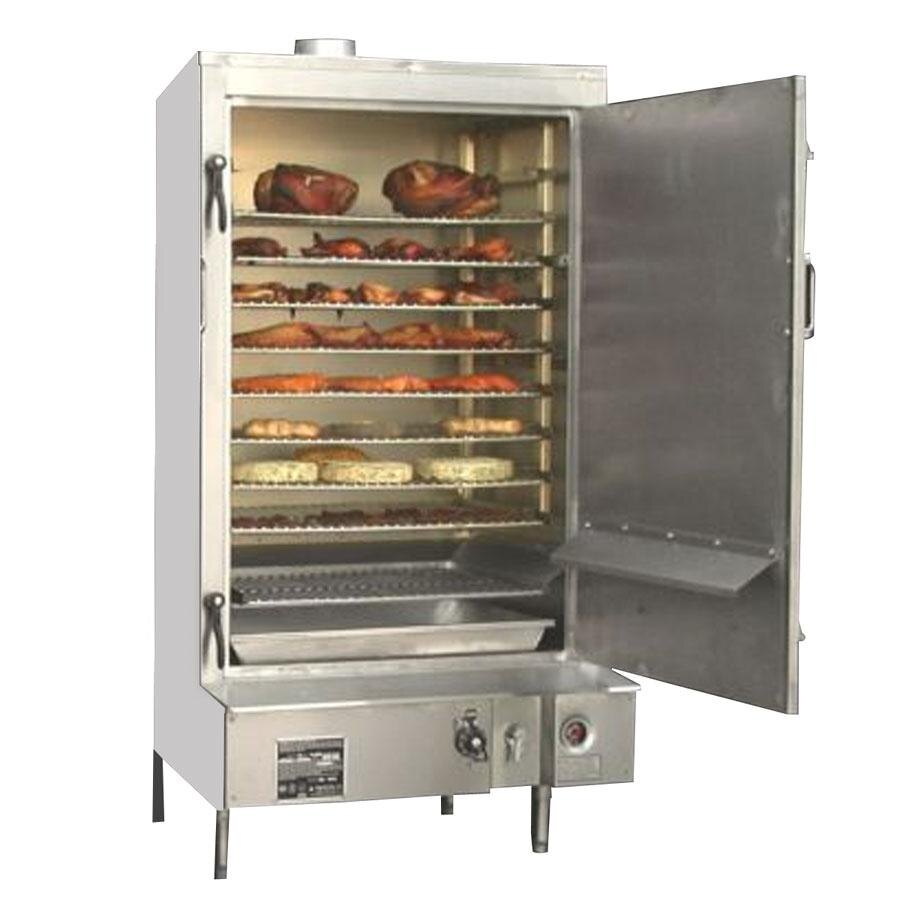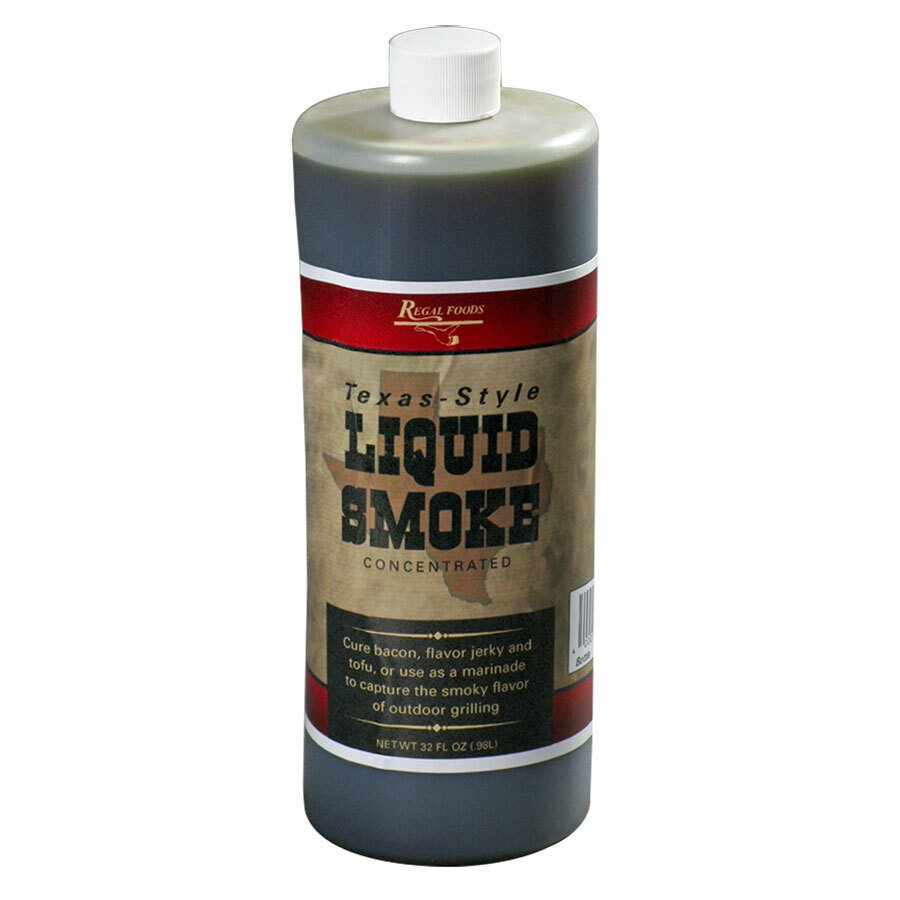The autumn weather has officially arrived, which means that the days of summer barbeques and evenings at the tiki bar are officially over for the foreseeable future. However, you are not required to remove those flame-broiled steaks and smoky poultry from your menu for the time being. There are many methods to incorporate the grilled tastes of summer into your cold-weather cuisine, which we’ve listed in this article.
Smokers and smokehouses that are located inside
 You may want to consider investing in an indoor smoker or smokehouse to cook your meals during the winter months if the bulk of your menu is comprised mostly of barbequed items. They cook meat in a wood-fired oven that has been pre-soaked in water, resulting in a flavorful pig, poultry, or beef that has been infused with the smoke from the wood while it is cooking.
You may want to consider investing in an indoor smoker or smokehouse to cook your meals during the winter months if the bulk of your menu is comprised mostly of barbequed items. They cook meat in a wood-fired oven that has been pre-soaked in water, resulting in a flavorful pig, poultry, or beef that has been infused with the smoke from the wood while it is cooking.
Bacon smoked
Almost everyone is familiar with the wide variety of styles and uses for which bacon maybe put to good use. Bacon that’s prepare by smoking will transfer that flavour to whatever you use it in, whether it’s Brussels sprouts or cupcakes. Smoky tastes work better with certain bacon dishes than others.
Liquid Smoke
 One of the easiest methods to give your cuisine a true smoky taste is via the use of liquid smoke. Soft cheeses, bacon, jerky, tofu, and many other meals utilise it as a rub, marinade, or ingredient. Smoke from burning wood chips is rapidly condense and cool to produce liquid smoke.
One of the easiest methods to give your cuisine a true smoky taste is via the use of liquid smoke. Soft cheeses, bacon, jerky, tofu, and many other meals utilise it as a rub, marinade, or ingredient. Smoke from burning wood chips is rapidly condense and cool to produce liquid smoke.
Tea from the Lapsang Souchong plantation
Grinded lapsang souchong tea leaves are a traditional approach to get the deep, smokey taste associated with grilling. Since lapsang souchong has a meaty, umami taste, it is commonly use to flavour vegetarian recipes since it doesn’t involve meat.
It is say that this black tea, which originate in China, was the first tea ever. This taste is due to the peculiar drying procedure that is employed to prepare it for sale. Leaves were dry over pine wood fires to meet the increased demand.
Molasses
 In addition to baking, molasses can be used in many savoury dishes to impart a sweet and smoky flavour. Baked beans and barbeque sauce, both staples of the summer table, typically feature this sugary flavouring. You may produce the smokey flavour associated with these meals by adding it in these and other savoury sauces and dishes.
In addition to baking, molasses can be used in many savoury dishes to impart a sweet and smoky flavour. Baked beans and barbeque sauce, both staples of the summer table, typically feature this sugary flavouring. You may produce the smokey flavour associated with these meals by adding it in these and other savoury sauces and dishes.
Spices and Salts that smoke
Salt, herbs, and spices are probably already staples in your kitchen. Adding a smokey flavour to cumin and paprika, for example, is a frequent practise. In order to give your consumers the fresh-from-the-kitchen experience they want. You may either buy spices already infused with flavour or smoke your own.
Using your barbecue may be prohibitively chilly, but that does not mean you should forgo serving delicious barbequed food. Cooking with smokey tastes may be achieve in many ways, from ingredients and spices to new equipment and cooking techniques. Here are some ideas. There’s no reason that the weather can’t influence the mouthwatering tastes you provide your clients. Especially when there are so many ways to replicate a BBQ experience inside.
Read More: How to get a Smokey Flavor in my Food?






















![To Increase YouTube Subscribers Must Use These Service Provider [New]](https://businessleed.com/wp-content/uploads/2022/11/To-Increase-YouTube-Subscribers-Must-Use-These-Service-Provider-New-360x180.jpg)













